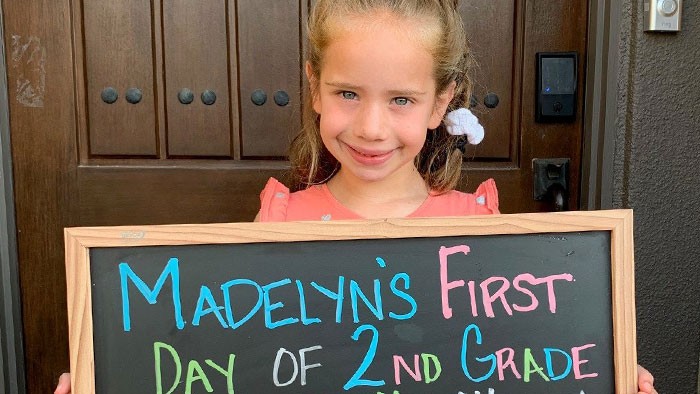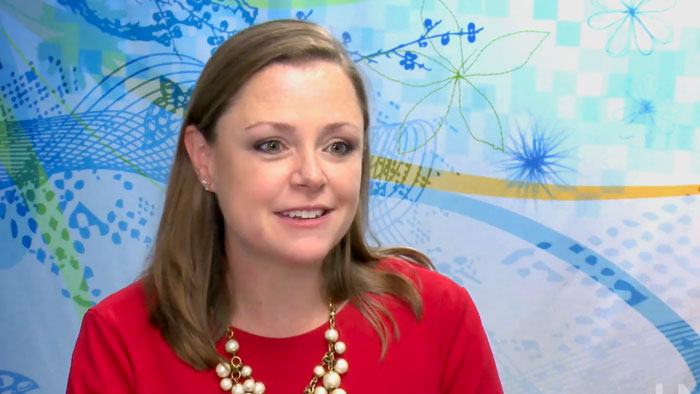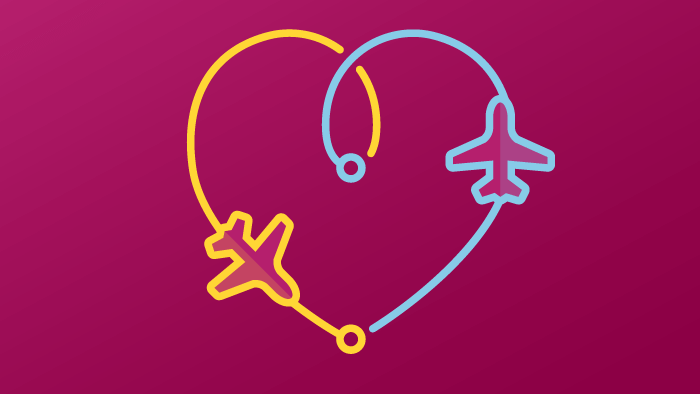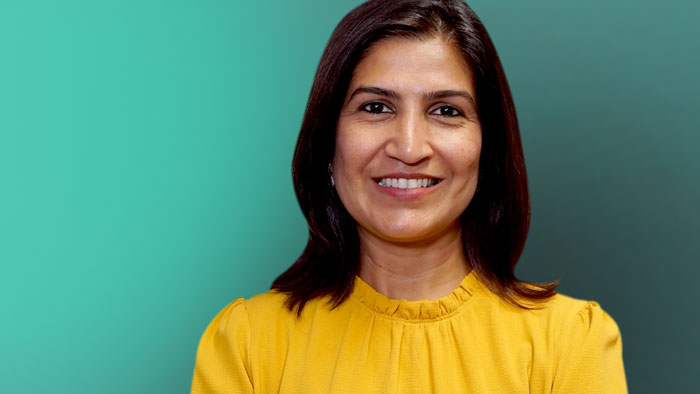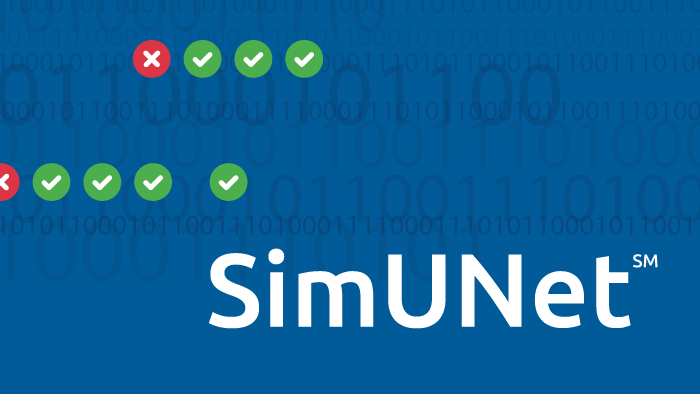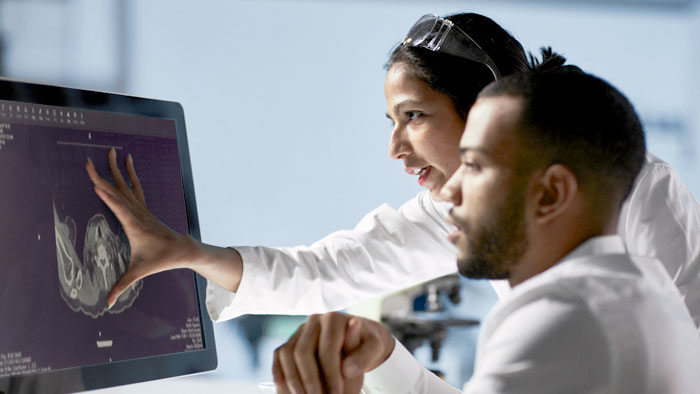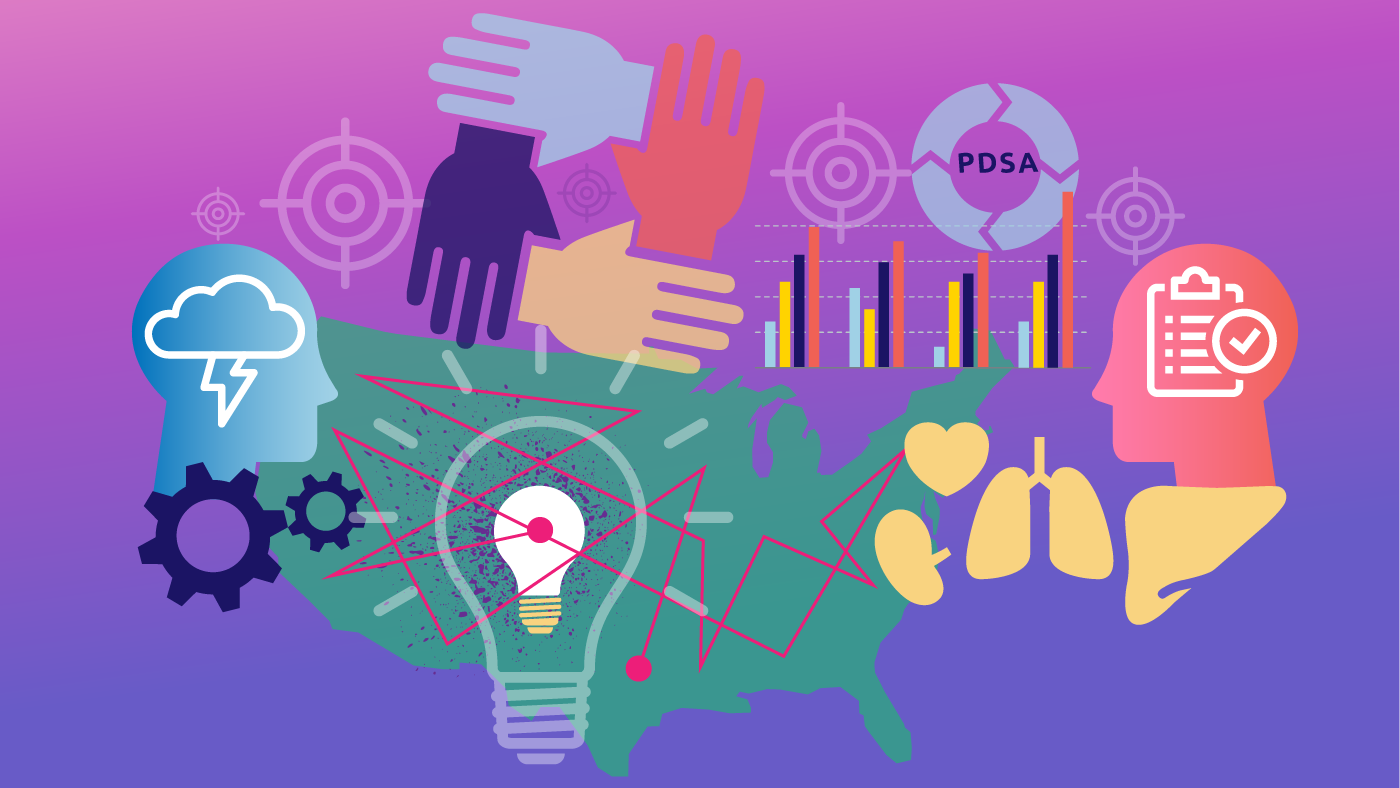Improvement
10 things
UNOS is doing to get the right organ to the right patient at the right time
Technology, innovative data tools and collaborative research projects helping to set transplant records.
Offer Filters
This new tool increases kidney utilization and helps surgeons save time finding the right organs for their patients.
UNetSM technology
UNet is the engine that powers the U.S. transplant system. UNet’s integrated platform matches organs to patients 24 hours a day, seven days a week, 365 days each year.
UNOS Labs
This virtual research center is where UNOS scientists collaborate with the community to test ideas to increase the number of transplants.
Predicting organ travel time
This UNOS labs project aims to decrease the nationwide organ discard rate by better predicting the time it takes to move organs between hospitals.
Organ Utilization Tool
OPOs are increasing their local organ recovery rates by accessing outcomes data that helps them better understand organ acceptance behaviors.
Customized analytics services
UNOS’ data and business intelligence team offers analytics and tools to help members understand and improve their performance in order to increase transplants.
SimUNetSM
Researchers use this powerful simulation platform to test ways to improve the acceptance process so more patients can receive transplants.
Enhanced DonorNet MobileSM
UNOS’ suite of mobile applications accelerate organ offer response times, bringing the power of UNet to members where they need it.
UNet Image Sharing
This application within DonorNet® is the first national hub for securely sharing high-quality medical imaging studies.
Collaborative improvement
This three-year Collaborative Innovation and Improvement Network (COIIN) project focused on increasing the use of high-KDPI kidneys.


